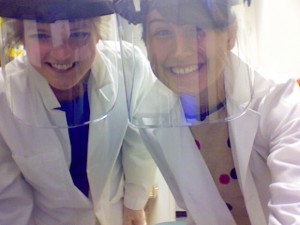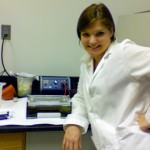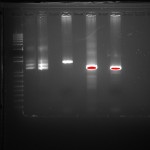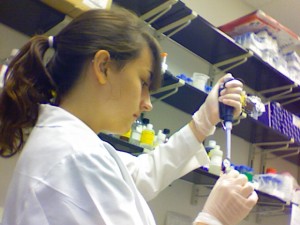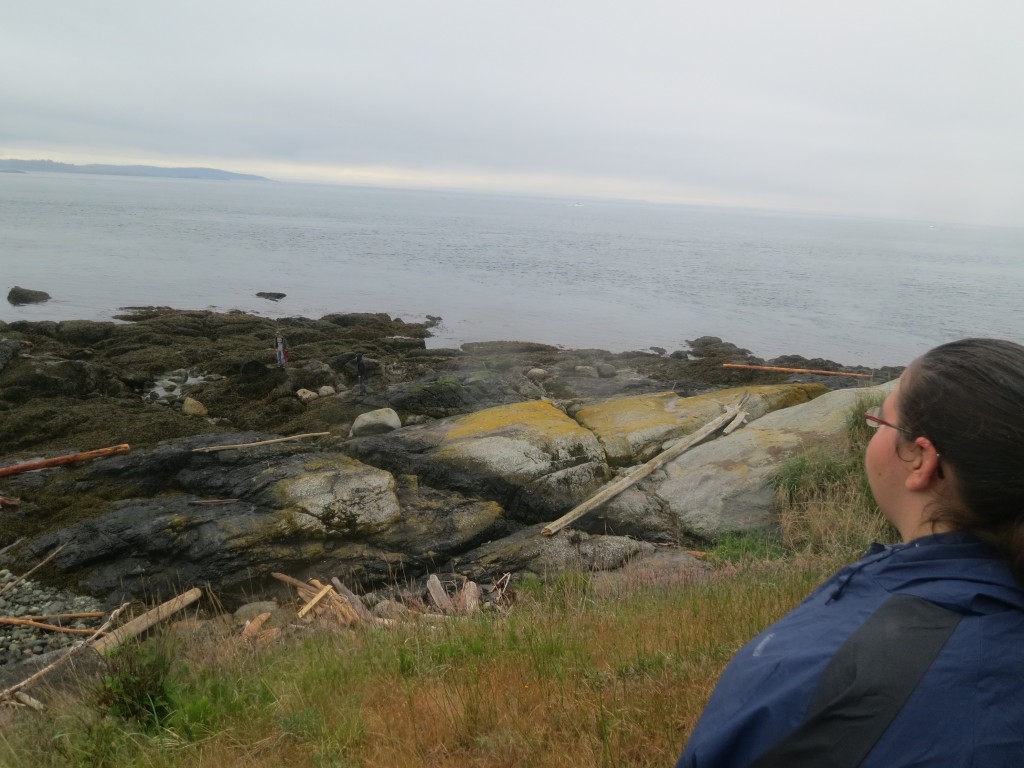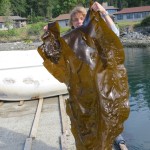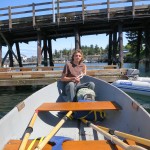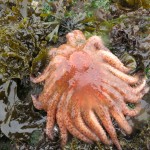Eat breakfast, go to lab; eat lunch, go to lab, eat dinner, go back to lab. You see the pattern? Going out to the field, late hours in the lab, getting my experiment ready, getting pumped for whale watching or going out on the Centennial is all just another week in the Friday Harbor Labs (FHL). When this is the same schedule twenty others share with you it doesn’t seem as hard of a schedule. Especially when the sun doesn’t go down until ten at night, you get used to the work hard and play hard cycle that everyone seems to adopt when they come here.
My name is Deanna and I’m one of three students working with Molly this summer. My project is on Botrylloides violaceus which is an invasive here in the United States on both coasts. It originally came over from Japan and was first spotted in the 70’s here in the San Juan Islands. These sea squirts are a member of the fouling community and are pretty abundant at several harbors here in Washington. We went collecting on Tuesday last week and we found a lot at Roche Harbor (RH) and Fisherman’s Bay (FB) which are two of my field sites. We also saw a small colony of them at Cattle Point in the tide pools when we went one weekend. What I’m looking at with these guys is to see if they have any acclimation to local environmental conditions. This is important to look at because this invader is not found in some harbors (like the FHL docks) but is very abundant at others (FB). It would be interesting to find out which conditions they favor in order to see which harbors might be at greater risk of getting invaded.
This last week was really exciting as we prepped petri dishes containing juvenile Botrylloides violaceus for the field. After all the little guys were settled on the dishes we attached them to pvc trays submerged in 12°C seawater . . . while the plates were upside down. That was challenging and Molly and I worked late into the night/morning getting everything ready for deployment the next day.
With six hours or so of sleep we started up again later in the morning. We took the Coot (one of the four motor boats available for research) out to Fisherman’s Bay and hung the first of three of my contraptions. It was actually really good conditions for deployment because it was overcast. You would think that having a sunny day would make it better, but with the clouds it kept the trays cool while we assembled them in the field.
After hanging the one out at FB we headed back to the labs for lunch. In the afternoon we hung one off of the FHL docks and then took our sweet Ford Truck out to RH to hang the third and final tray. So now, my experiment has officially begun and we’ll be checking on it this Friday!
That’s all for now guys. We’ll be sure to keep you updated!




